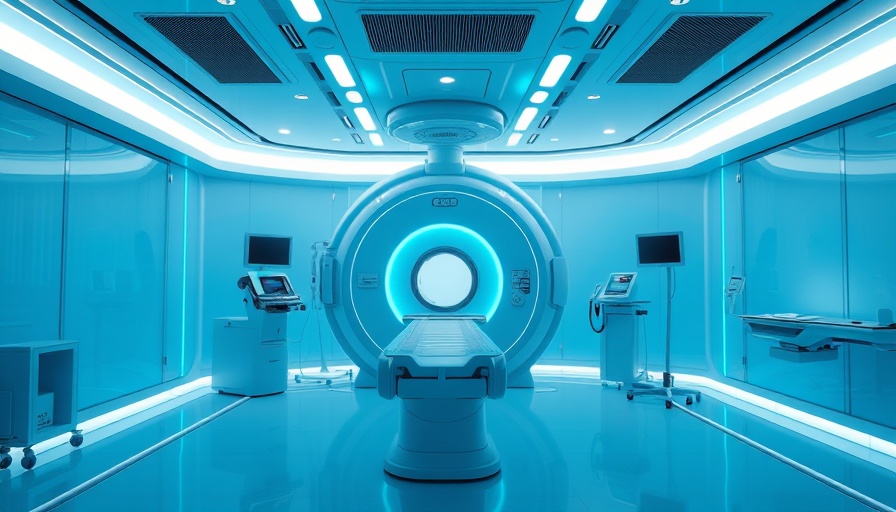
The Evolution of Radiotherapy: A Game Changer for Cancer Treatment
Radiotherapy has long been a cornerstone in cancer treatment, traditionally characterized by lengthy sessions that often left patients feeling exhausted. However, recent advancements have revolutionized this approach, allowing for higher doses of radiation to be delivered in fewer sessions. This new methodology not only enhances treatment effectiveness but also significantly improves patient comfort and quality of life.
New Techniques and Technologies in Modern Radiotherapy
The latest techniques in radiotherapy, such as Stereotactic Body Radiotherapy (SBRT) and Advanced Targeting Systems, enable oncologists to focus high doses of radiation precisely on tumors while sparing healthy tissues. This precision reduces the risk of side effects and allows patients to complete their treatment in a fraction of the time compared to conventional methods.
Why This Matters: The Impact on Patient Care
The shift towards delivering higher doses with fewer sessions is not just a technical marvel; it brings tangible benefits to patients. For those battling cancer, shorter treatment times mean less disruption to daily life and reduced exposure to hospital environments, which can be particularly important during times such as pandemics or flu seasons. Enhanced comfort can lead to improved mental health outcomes for patients, making their journey through treatment more bearable.
Understanding the Science Behind the Method
At the core of this treatment evolution lies a better understanding of tumor biology. Advances such as functional imaging help physicians tailor treatments precisely to the individual patient’s needs. This granular approach allows for more strategic dose escalation—essentially giving doctors the ability to deliver cancer-fighting radiation more effectively.
Looking Ahead: Future Predictions in Cancer Treatment
As technology continues to advance, the future of radiotherapy holds vast potential. Researchers are exploring the incorporation of AI and machine learning into treatment planning, possibly leading to even greater precision and personalization. Future therapies may further decrease the number of sessions required, as well as enhance the effectiveness of radiotherapy in conjunction with other treatments like immunotherapy.
Challenges Ahead and Questions Remain
Despite these promising advancements, the medical community faces challenges ahead. Implementation of new technologies often requires substantial investment and training, which can be a barrier for many hospitals, especially in underserved areas. Furthermore, ongoing research is crucial to address any long-term effects of these new treatment strategies on patient outcomes.
Common Misconceptions About Radiotherapy
A prevalent misunderstanding about radiotherapy is that it is always painful or degrades quality of life through significant side effects. Modern advancements and targeted delivery mechanisms are changing this narrative. As awareness grows, more patients may consider radiotherapy knowing it can be administered quickly and effectively. This educational gap represents an important opportunity for healthcare providers to communicate the benefits of modern techniques.
In conclusion, the advancements in radiotherapy that deliver higher doses with fewer sessions signify a major leap forward in cancer treatment. Patients are better equipped to face their treatment journey, thanks to these innovations. As with all medical advancements, continuous research and communication within the healthcare community will be key to maximizing these benefits and ensuring equitable access for all patients.
 Add Row
Add Row  Add
Add 




Write A Comment